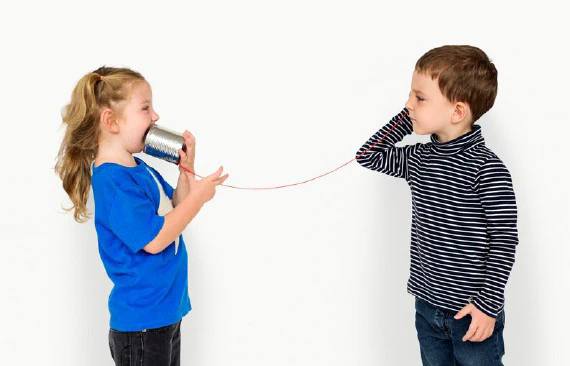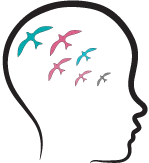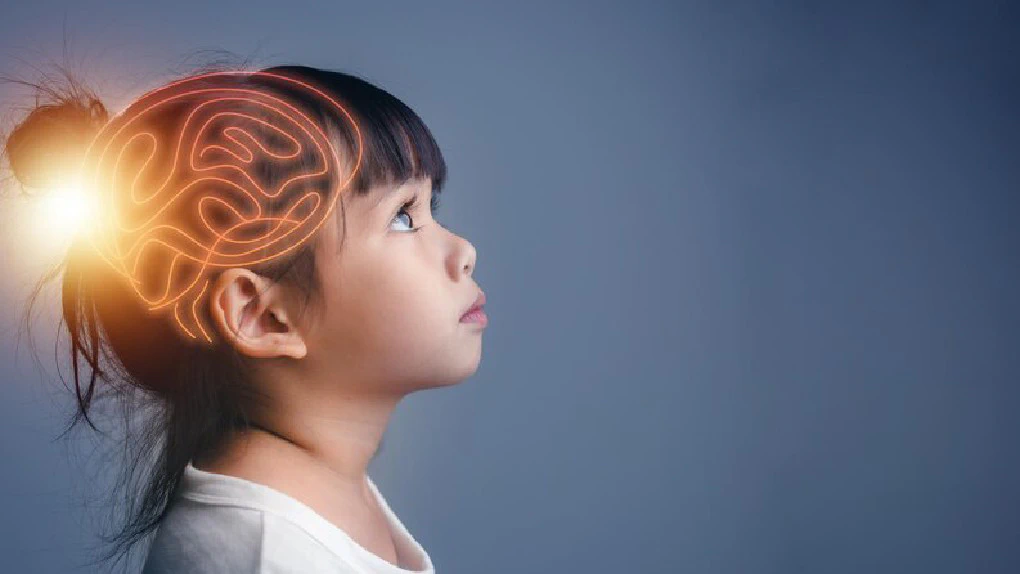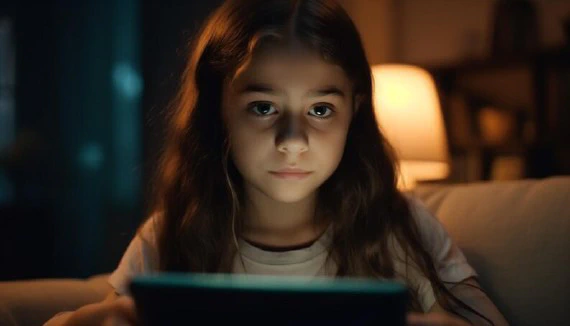
How is language and speech development in children?
Every baby who opens his eyes to life needs communication by nature. Language development goes through many stages in …


Knowing how to behave during the seizure is the most curious issue for families of children with epilepsy. Although seizures may appear frightening and life-threatening by those who witness them, they are almost always self-limiting and do not cause serious problems. Unless the seizure lasts for a very long time, it is not expected to harm the brain and the child. Potential complications can be avoided with a calm approach and basic first aid. Seizures can occur in many different ways; diving-distraction, repetitive involuntary contractions of an arm or foot, repetitive facial pulling, rapid opening and closing of the eyelids, sudden falling to the ground, contractions and tremors in all arms and legs are the most common conditions. However, it should be kept in mind that all these movements and events may also occur for non-seizure (tic, psychogenic, cardiac, stereotypical) reasons. This differential diagnosis should be made by the physician.
In the most common generalized tonic-clonic seizure; The child loses consciousness, becomes rigid (tonic part), falls, collapses and trembles and shakes (clonic part) while standing, eyes open, staring or deviating upwards to one side. Although the child may seem to be in pain during convulsive seizures, the child is not conscious during the seizure. However, after a seizure, she may suffer from biting her tongue, muscle aches, headaches, or injuries from falling. After the seizure, the child’s mind may be confused and tired, there may be temporary neurological signs such as headache, blindness, ignorance, and speech, and these begin to pass within minutes. Although seizures usually last less than 3 minutes, it may seem like an endless process by family members or friends watching the seizure. Children who are at risk for tonic-clonic seizures and people who spend a long time should know the first aid rules. Anxiety and fear will not help the situation. Most of the time, we see that the people who witnessed the event are more affected than those who had a seizure. Help the child lie down and place something soft under his head and neck. Keep the child (especially the head) away from hard and sharp places such as the edge of a table. If possible, keep the duration of convulsive movements and take video images (especially important in undiagnosed patients). Turn the child with the head on his/her side by rolling it on its side and position the mouth parallel to the ground so that excessive secretion of saliva or liquid from the mouth can be prevented from accidentally swallowing or escaping into the trachea. This position also prevents the tongue from slipping back and blocking the windpipe. Loosen all tight clothing. Remove any glasses or necklaces. You don’t have to worry about contact lenses, trying to remove them during a seizure can damage the eye. During the seizure, many people may be short of breath (apnea), and bruising/redness of the skin (cyanosis) may be seen at the peak of the seizure. If he starts breathing again with the end of the seizure, the skin color will improve. If normal breathing does not return, call 112 Emergency. Do not hold the child upside down, you may cause bone dislocations or injure yourself. Do not put anything in the child’s mouth. The tongue cannot be swallowed during the seizure. The chewing muscles are very strong, so the finger can be bitten or an object can be bitten off and the child can choke due to the broken piece. Do not try to restrain the child when the seizure is over, he may be confused. Restricting may cause agitation or violent reactions. Use a calm voice. Keep the child in a safe, quiet environment. Walking is permitted except near a street, stairs, or other potentially dangerous areas. Do not give medicine, food or drink before the child is fully conscious, and do not leave him until he is fully conscious and familiar with the environment. Be careful, he may still be unconscious even if he says he’s fine. Ask a series of questions that require more than yes/no answers. For example, “Which school do you go to?”, “What are the names of your mother and father?” as.
Call an ambulance if any of the following occurs:
Keep bystanders away from the scene during and after the seizure. One or two people can provide first aid. Too many people can cause confusion and distress. After the seizure is over and calm is restored, The person with a should tell the child what happened and how long the seizure lasted, and most importantly, provide relief and support. In some cases, the doctor may recommend specific applications such as rectal diazepam. However, it is necessary to know how long to wait for seizures to stop after rectal diazepam administration before calling for help. The most frequently asked questions are “Do we need to go to the ER every time we have a tonic-clonic seizure? All they do is make us wait in the emergency room, ask for blood tests, and get paid to send us home.” If the child has a history of tonic-clonic seizures, it is rarely necessary to go to the emergency room or hospital unless there is an injury or a seizure different from previous seizures. However, if this is the child’s first tonic-clonic seizure, prompt medical evaluation is necessary. Medicines such as rectal Diazepam or Midazolam administered from the buccal area between the gum and tongue can be administered by the child’s relatives to stop the prolonged seizure before going to the hospital. This is especially important for children with a history of prolonged or recurrent seizures, or for those who are away from the hospital or traveling. The doses of the drugs, and if and when a second dose is given if the seizure continues, should be carefully regulated by the doctor. (Due to the overdose of these drugs or personal metabolic differences, drugs can cause heavy sedation, although very rarely, respiratory muscles and the center are affected. Therefore, the patient’s breathing should be checked for 10 minutes after administering the drugs. In suspicious cases, respiratory effort can be restarted by giving a painful stimulus.) The best and safest transportation of the patient to the health institution is provided by ambulance, since oxygen and medication may be needed and the transport in the passenger car is dangerous for everyone due to convulsions. In general, help can be called if the seizure lasts longer than 5 minutes or if support is felt.
Seizures may result in bruising, cuts, hurts, or biting of the tongue, but rarely with bone fractures and dislocations (usually in the shoulder) or more serious problems. After the seizure, the child may complain of headache, pain around the mouth caused by the tongue or jaw, or low back and back pain caused by the contraction of the muscles while falling. Acetaminophen (calpol) or ibuprofen (pedifen) help for minor/simple pains. If there is sharp back/low back pain, the doctor should evaluate for fracture. The pre-seizure situation, the factors that are thought to trigger the seizure, the patient’s feelings-complaints during the seizure and after the seizure should be carefully noted; should be told to the attending physician (video footage can often be very useful for identification). Give the closest dose of the seizure medication he is using as soon as possible, regardless of whether he is hungry. Inform the attending physician about your condition.

Every baby who opens his eyes to life needs communication by nature. Language development goes through many stages in …

Questions that almost every parent wonders “What happens if he sees a screen? He didn’t see his brother, …
Contact us before it’s too late for your health.
Don’t delay your health.